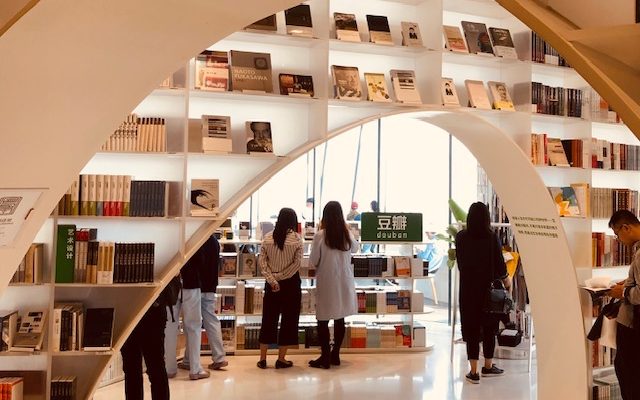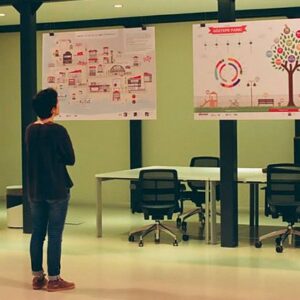Improving post-pandemic creativity in business
Creativity is not only the domain of artists and musicians. Business people who take risks to unleash creativity are able to reimagine business practices that address both expected and unexpected challenges and opportunities in the post-pandemic world. The demand for new products and services reflects the rapid changes brought about by the pandemic. But existing business frameworks, often linear and dependent on ideas initiated at the top, will not satisfy the demands of the post-pandemic world.
Smart business analysts may emphasize the importance of creativity as a necessary skill at every step of the innovation process. But creativity alone without a well-defined problem and interative implementation will not get business where it needs to be in the post-pandemic business world.
That leaves the tremendous challenge of encouraging non-linear thinking to identify and document stakeholder needs. We can talk about the need of challenging the status quo, pushing boundaries and borders, and looking for creative alternatives. But these conversations cannot be pursued until we understand the problems that drive the post-pandemic needs of consumers.
Defining the problem often takes a back seat to “thinking outside the box.” But without one, the other cannot happen. As Albert Einstein reminds us, “If I only had one hour to save the world, I would spend 55 minutes defining the problem, and only 5 minutes finding the solution.” Members of successful creative teams frame and reframe a problem from many different angles. They look beyond obvious associations based on past experiences. They pose new questions that may appear counterintuitive but actually frame the problem in the context of emerging business needs.
This process of focusing on problem formulation from different perspectives challenges managers to drop traditional project-based management practices with preassigned roles and rigid assignments. They can tap into the creativity that exists among all ranks of a business or organization through encouraging autonomy and agency. Letting go at the top encourages ideas from new sources that can result in unanticipated solutions.
Design thinking is a methodology that can assist business in defining problems and applying creative ideas that anticipate implementation through prototyping and testing. Design thinking is a non-linear, iterative process that allows more creative and innovative solutions to emerge. It is based on the process of empathize, define, ideate, prototype, and test.
Its iterative bottom-up approach makes design thinking different from typical approaches to business analysis. Cross-disciplinary collaboration allows a variety of people to pitch a variety of ideas to define the problem and find solutions. The ideation phase of design thinking encourages participants to voice any and all ideas for discussion before chosing some to prototype. Unexpected ideas from participants traditionally left out of the business analysis process often result in new insights about consumer needs.
Business, like education and healthcare, must respect the primacy of users of its products and services to find creative solutions in the post-pandemic world. Creativity in business is supported by the practical methology of design thinking.













No Comments Yet!
You can be first to comment this post!